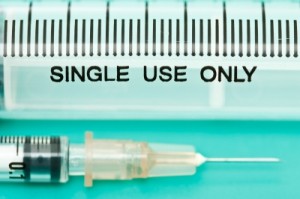Carbohydrate counting, staying active, and checking your blood glucose levels may remind you of the typical diabetes care routine. However, other aspects of diabetes care must not be forgotten. Foot care, dental care, and high cholesterol are just a few other check-ups that are important to diabetes care.
Those with diabetes are at high risk for foot ulcers due to decreased blood flow to the feet caused by diabetes-related nerve damage. Also, those with diabetes are at greater risk 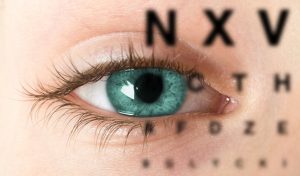 than those without diabetes for gum infections. Furthermore, those with diabetes have been shown to have greater blood vessel damage when they have high cholesterol than those without diabetes.
than those without diabetes for gum infections. Furthermore, those with diabetes have been shown to have greater blood vessel damage when they have high cholesterol than those without diabetes.
Diabetes and Eye Health
Another important part of diabetes care is regular vision check-ups. This is because those with diabetes are at higher risk for conditions such as glaucoma, cataracts, and retinopathy than those without diabetes. Diabetes-related nerve damage that occurs as a result of uncontrolled blood glucose levels can greatly impact vision health. According to the National Eye Institute, all forms of diabetic eye disease can lead to severe vision loss and blindness. However, it is diabetic retinopathy that is the most common cause of vision loss among those with diabetes.
What is Diabetic Retinopathy?
The retina is a light-sensitive tissue that lines the back of the eye. The retina detects light and sends a signals through the optic nerve to the brain. Next, the brain converts this electrical signal to an image. Uncontrolled diabetes damages vessels of the optic nerve, therefore worsening vision.
When someone has diabetic retinopathy, vessels in the retina swell and leak fluid into the retina. In turn, this fluid distorts vision. Furthermore, in advanced stages of the disease, scarring of the retina can occur, which can eventually pull the retina away from the underlying tissue, which in turn could lead to blindness.
Diabetes and eye exams
A 2017 study in the New England Journal of Medicine observed the vision health of 1400 people with Type 1 diabetes, or insulin-dependent diabetes, over 30 years. Biannual retinal photographs and general diabetes health reviews were used to assess vision health. From this study, it was determined that in place of yearly vision exams those with a Hemoglobin A1C, or average blood glucose level over three months of:
- six-percent or less, without signs of diabetic retinopathy, would be safe getting a vision exam once every four years
- six-percent or less with mild retinopathy should have vision exams ar least once every three years
- eight to ten-percent should be screened more often than yearly for their vision health
In addition to getting regular exams, everyone, no matter their diabetes status should take steps to maintain vision health. Consuming vitamin A-rich foods such as brightly-colored veggies like carrots, peppers, and leafy greens is one way to support retinal health. Furthermore, leafy greens, as well as pistachios, contain the eye-healthy antioxidants lutein and zeaxanthin that can lower your risk of eye disease. Finally, taking supplements with these eye-healthy nutrients can help you maintain your vision health.
Vita Sciences‘ Ocutain contains both lutein as well as beta-carotene, which support eye health. Also, be sure to visit Vita Sciences for other supplements such as Glucarex, which can support healthy blood glucose levels.
Also, be sure to visit the American Optometric Association website for further research and ![]() information on ways you can maintain vision health.
information on ways you can maintain vision health.
-written by Staci Gulbin, MS, MEd, RD, LDN
Sources:
American Optometric Association (accessed April 21, 2017) “Lutein & Zeaxanthin.” https://www.aoa.org/patients-and-public/caring-for-your-vision/diet-and-nutrition/lutein?sso=y
Dreher, M.L. (April 2012) “Pistachio nuts: composition and potential health benefits.” Nutrition Reviews, 70(4):234-40.
Mayo Clinic (December 18, 2014) “Diabetes care: 10 ways to avoid diabetes complications” http://www.mayoclinic.org/diseases-conditions/diabetes/in-depth/diabetes-management/art-20045803
Medline Health News (April 19, 2017) “Is Annual Eye Exam a Must for People With Type 1 Diabetes?” https://medlineplus.gov/news/fullstory_164719.html
National Eye Institute (September 2015) “Facts About Diabetic Eye Disease” https://nei.nih.gov/health/diabetic/retinopathy
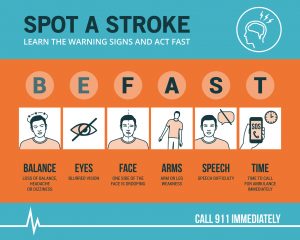

 seeds, olive oil, olives, and avocado as well as fatty fish like salmon, lake trout, and sardines contain unsaturated fats. The Mediterranean diet contains nearly half of all calories consumed coming from such healthy fats. The Mediterranean diet involves not only consumption of healthy fats, but also eating:
seeds, olive oil, olives, and avocado as well as fatty fish like salmon, lake trout, and sardines contain unsaturated fats. The Mediterranean diet contains nearly half of all calories consumed coming from such healthy fats. The Mediterranean diet involves not only consumption of healthy fats, but also eating: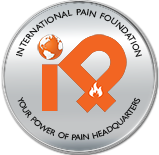

 1.) Lower your sodium intake. A recent study of the U.S. National Health and Nutrition Examination Survey looked at salt intake and high blood pressure, also known as hypertension. Between 1999 and 2012, the sodium intake of those with hypertension rose nearly 14-percent from 2900 to 3350 milligrams daily. The recommended sodium intake for those with hypertension is 1500 milligrams a day, while those without hypertension should limit intake to 2300 milligrams daily. It is important to note that that 2300 milligrams of sodium is equal to just one teaspoon of salt. Furthermore, reports show that three-fourths of the sodium most people consume daily is not from added salt. Instead, most excess sodium intake is from consuming processed food products. Therefore, it is important to limit prepackaged foods such as:
1.) Lower your sodium intake. A recent study of the U.S. National Health and Nutrition Examination Survey looked at salt intake and high blood pressure, also known as hypertension. Between 1999 and 2012, the sodium intake of those with hypertension rose nearly 14-percent from 2900 to 3350 milligrams daily. The recommended sodium intake for those with hypertension is 1500 milligrams a day, while those without hypertension should limit intake to 2300 milligrams daily. It is important to note that that 2300 milligrams of sodium is equal to just one teaspoon of salt. Furthermore, reports show that three-fourths of the sodium most people consume daily is not from added salt. Instead, most excess sodium intake is from consuming processed food products. Therefore, it is important to limit prepackaged foods such as: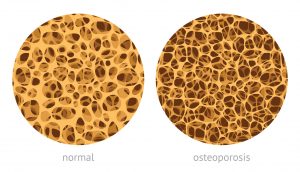
 Are you one of the 30-percent of the American adults that skips breakfast? Time and time again you may have heard that breakfast is the most important meal of the day. A recent study has found that breakfast may improve heart health by reducing risk of heart disease.
Are you one of the 30-percent of the American adults that skips breakfast? Time and time again you may have heard that breakfast is the most important meal of the day. A recent study has found that breakfast may improve heart health by reducing risk of heart disease.

